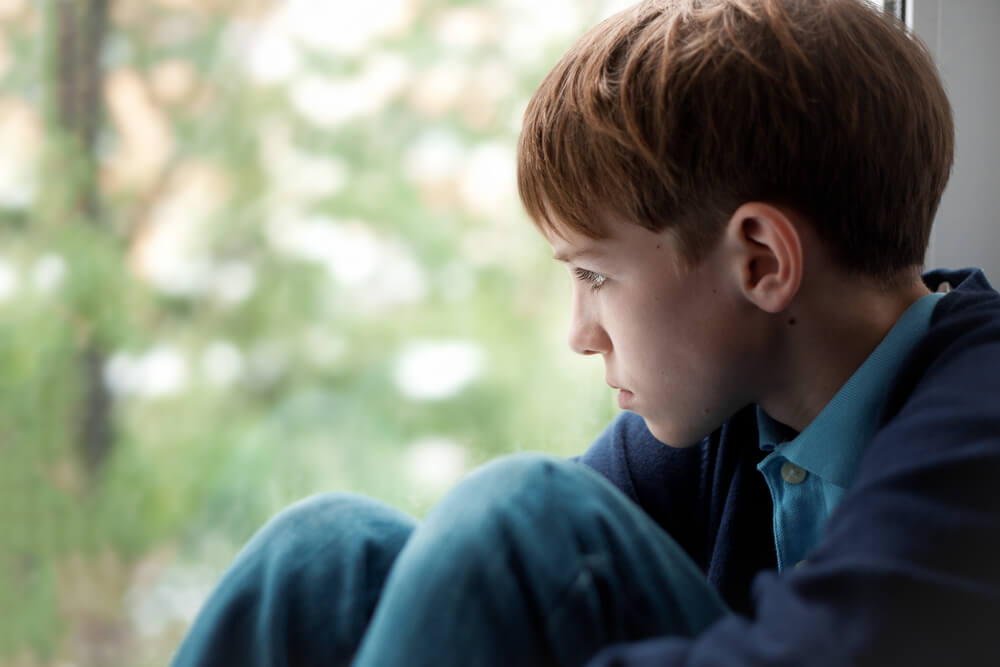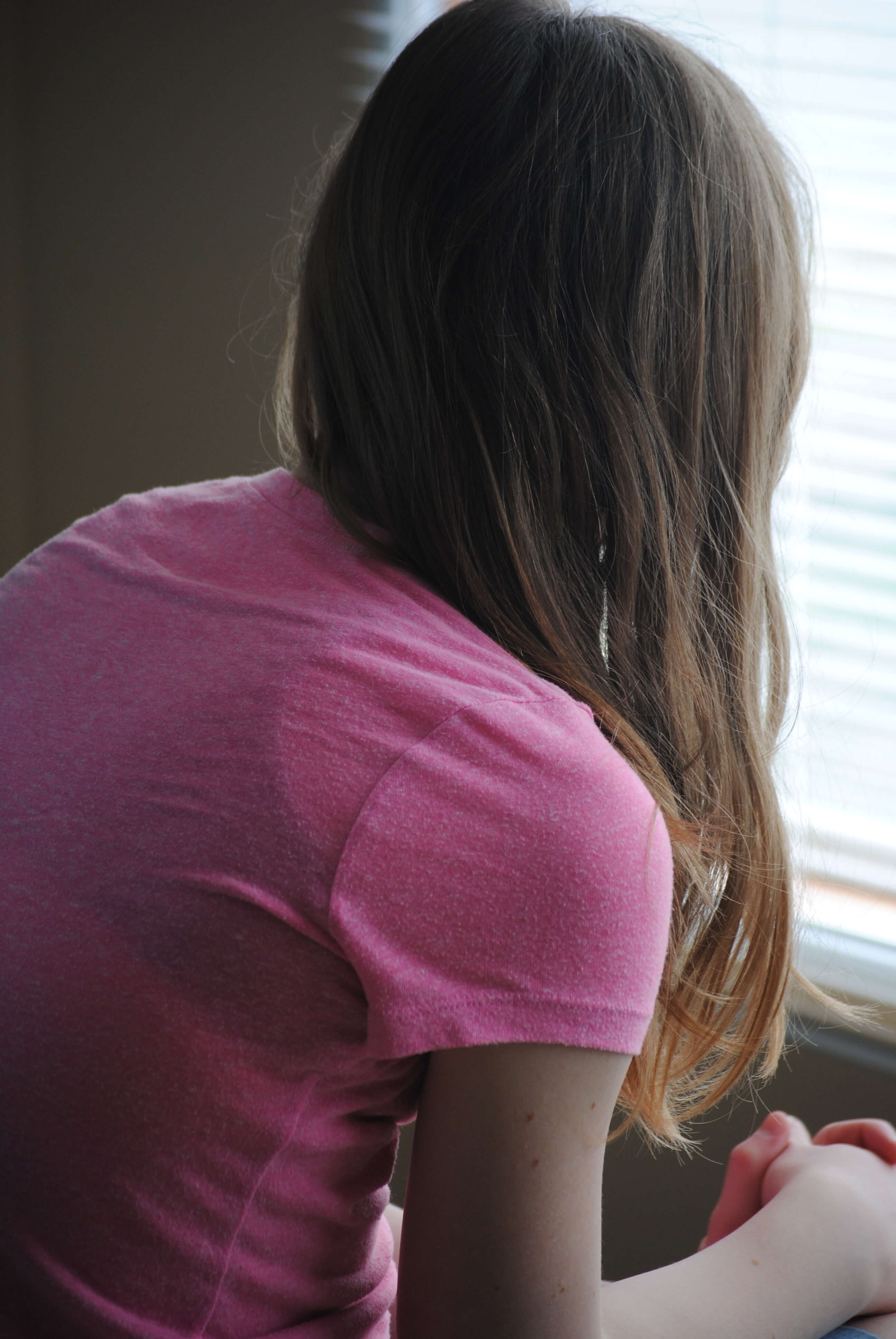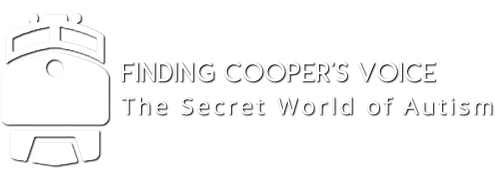Including the ‘Different’ Kids

Below is a snippet of a recent conversation with Bubba Man on the way home from picking him up from a class trip to an amusement park:
“Hey, Buddy. Did you have fun today?”
“Yep.”
“What rides did you go on?”
(he literally told me all 11 rides, in order, and spared no detail).
“That’s awesome! Who did you ride with?”
“Oh, I rode by myself.”
“Really? Well, who did you eat lunch with?”
“I ate alone.”
“Hmm. Well, who did you sit with on the bus?”
“I sat alone.”
Alone. ALONE, people!! This is heartbreaking!
His little face that looks so teenager-ish with his touch of acne and new braces. But still such a little boy. Alone.
How is this okay?
There were adults on this trip, supposedly monitoring the park to shepherd students back to groups if they were, you guessed it, alone.
Yet my guy who struggles to appropriately navigate social situations and often misreads nonverbal cues spent the ENTIRE DAY ALONE!
Sigh.
As far as I can tell, on the surface, Bubba Man is not bothered by being alone. Sadly, he’s used to it. But I know that it is not healthy for him to spend so much time by himself in his own world.
Many people claim to be tolerant – which is not the same as inclusive.
The desire to bond with others is an essential human need. One of the hallmarks of Aspergers Syndrome (now Autism Spectrum Disorder) is trouble fulfilling that need.
This could just as easily be true for someone with anxiety or any other number of conditions.
So why is it surprising that someone with these difficulties might fall into despair?
We wonder what would trigger young minds to contemplate violent revenge on those they consider responsible for isolating them.
We are shocked when middle or high schoolers decide there is no reason to keep going when they are disconnected and see no reason to keep living.

Dear readers…
Talk to your people. Discuss this with your kids.
If they see a classmate ALONE, teach them to reach out.
Ask if they would like company for lunch, join them on a ride during a field trip, sit with them on the bus.
While we might find some behaviors odd, we also might just learn something. Everyone has a story. We all have something to offer.
Take a moment and broaden your horizons by opening yourself to differences.
Seriously. You can learn the names of all 11 thrill rides at a particular amusement park and the most effective route through the park to hit them all in a limited time frame.
Or that the first roller coaster to go upside-down in modern times debuted in California in 1975. And that BIZARRO is one of only 12 floorless coasters on earth (eight in the United States) which then led to a discussion about G force.
Be the person to include others. Teach your children to branch out.
No one should live this life alone, especially when there is so much to share.

Written by, Laurie of a Life with a Side of the Unexpected
Laurie is a newer blogger (in my 4th month) but certainly not new to special needs parenting or education! Her 13 year old is on the spectrum and started a blog to give voice to my increasing isolation and become more vulnerable in the hopes of creating deeper connections. Please follow her work at A Life with a Side of the Unexpected.
EPILOGUE:
My own experience has left me debilitated by depression at times in my life when I felt alone. Being thrust into the world of special needs parenting has shown me that feeling isolated and disconnected is widespread. It has become my mission to connect parents in order to combat the overwhelming journey of parenting non-typical children and feeling alone.
Interested in writing for Finding Cooper’s Voice? LEARN MORE
Finding Cooper’s Voice is a safe, humorous, caring and honest place where you can celebrate the unique challenges of parenting a special needs child. Because you’re never alone in the struggles you face. And once you find your people, your allies, your village….all the challenges and struggles will seem just a little bit easier. Welcome to our journey. You can also follow us on Facebook and subscribe to our newsletter.


Thank you for sharing, Laurie. Important information from one who knows to one who did not!?
This is awesome and it’s so important to bring awareness about our kids with Aspbergers and how to be inclusive. If I may just share my experience with my older daughter with Aspbergers. She struggles really bad to connect emotionally. I tried SO HARD (and when I say hard I mean it almost caused me a mental breakdown) to try and have her form connections with other kids. I tried so many extra curricular a, I led play dates, hang outs, trips, parties, lunch duty everything . At some point I learned something about my daughter: SHE was the one stopping all commutation between her and everyone else. No matter how hard I tried, some of her kind classmates tried, her neighbors tried, her therapist tried, we couldn’t get through. SHE had to open herself up to other people at some point to make this happen. We started working on the very nitty gritty details of how to “open up”. It’s subtle, it’s hard, it takes effort, but this is where we started at age 11. We’re still working on it, it’s not fun, but it’s worth it. I had to stop relying on others to “be a friend” to her bc kids have limits to their time and energy especially as they get older! We needed to bring HER skills up, and it’s been the hardest thing I’ve ever done.
Blessings to you , your doing a great job , just thought I’d share my experience. ?
My daughter has an almost 4 year old son and a 14 month old daughter and when they come across someone with special needs, instead of saying to her children, “Don’t stare” she says to them instead, “Say ‘Hi!’” She told me that she wants her children to know that special needs people are a normal part of our lives and we’ve got to start seeing them and including them in our lives. Society and classrooms especially, have got to see special needs kids as a normal part of their lives, so they are included in the classroom community.